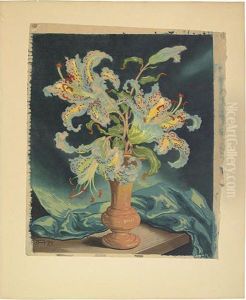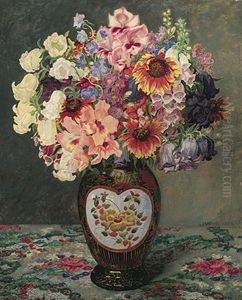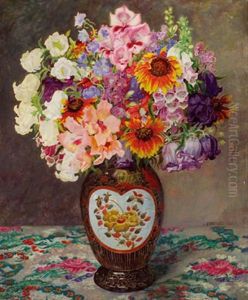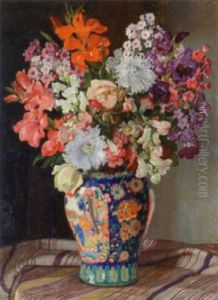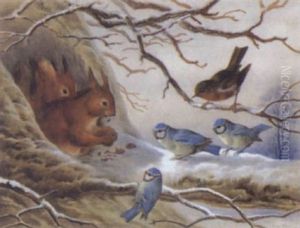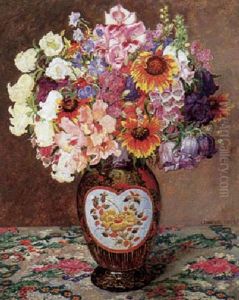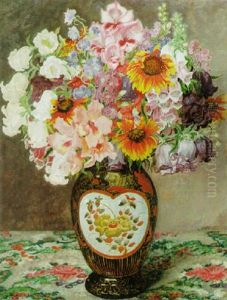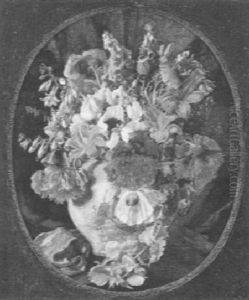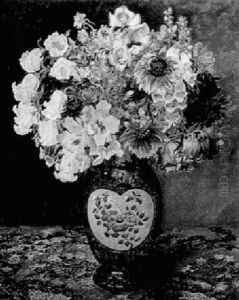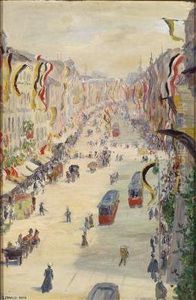Louise Fraenkel-Hahn Paintings
Louise Fraenkel-Hahn was a German visual artist born on July 2, 1885, in Karlsruhe, Germany. Her career unfolded during a dynamic period in European art history, which saw the emergence of various avant-garde movements. Fraenkel-Hahn's work was primarily influenced by the styles and techniques of the early 20th century, particularly those related to the Expressionist movement.
After initial studies at the Baden School of Art in Karlsruhe, she broadened her artistic horizons by moving to Berlin, where she continued her education at the Ladies' Art School. This was a significant period in her development as an artist, as she was exposed to the thriving artistic community in Berlin and the burgeoning modernist movement. Her work during this time began to reflect the experimentation with form and color characteristic of the period.
In 1907, Louise Fraenkel-Hahn married the writer and art critic Paul Westheim, and through this marriage, she became deeply embedded in the intellectual and cultural milieu of Berlin. Her exposure to a wide range of artistic philosophies and her interactions with contemporary artists further influenced her style and the thematic concerns of her work.
Throughout her career, Fraenkel-Hahn exhibited her work in various galleries and was actively involved in the art scene. Her art often addressed the human condition, depicting individuals and social scenes with a focus on emotion and expression. Despite this, she never gained the level of fame achieved by some of her contemporaries, and much of her work remained relatively unknown outside of certain art circles.
The rise of the Nazi regime in Germany had a profound impact on her life and career. The Nazis' oppressive policies towards modern art, which they labeled 'degenerate', led to the stifling of artistic expression and the persecution of many artists. Like many of her peers, Fraenkel-Hahn was forced to navigate a complex and dangerous political landscape.
Louise Fraenkel-Hahn's legacy is one of resilience and creativity in the face of challenging circumstances. While her work may not be as widely recognized as that of some of her contemporaries, she contributed to the rich tapestry of modern European art and left behind a body of work that reflects the tumultuous era in which she lived. She passed away on January 6, 1973, in London, having spent her later years in the United Kingdom.
